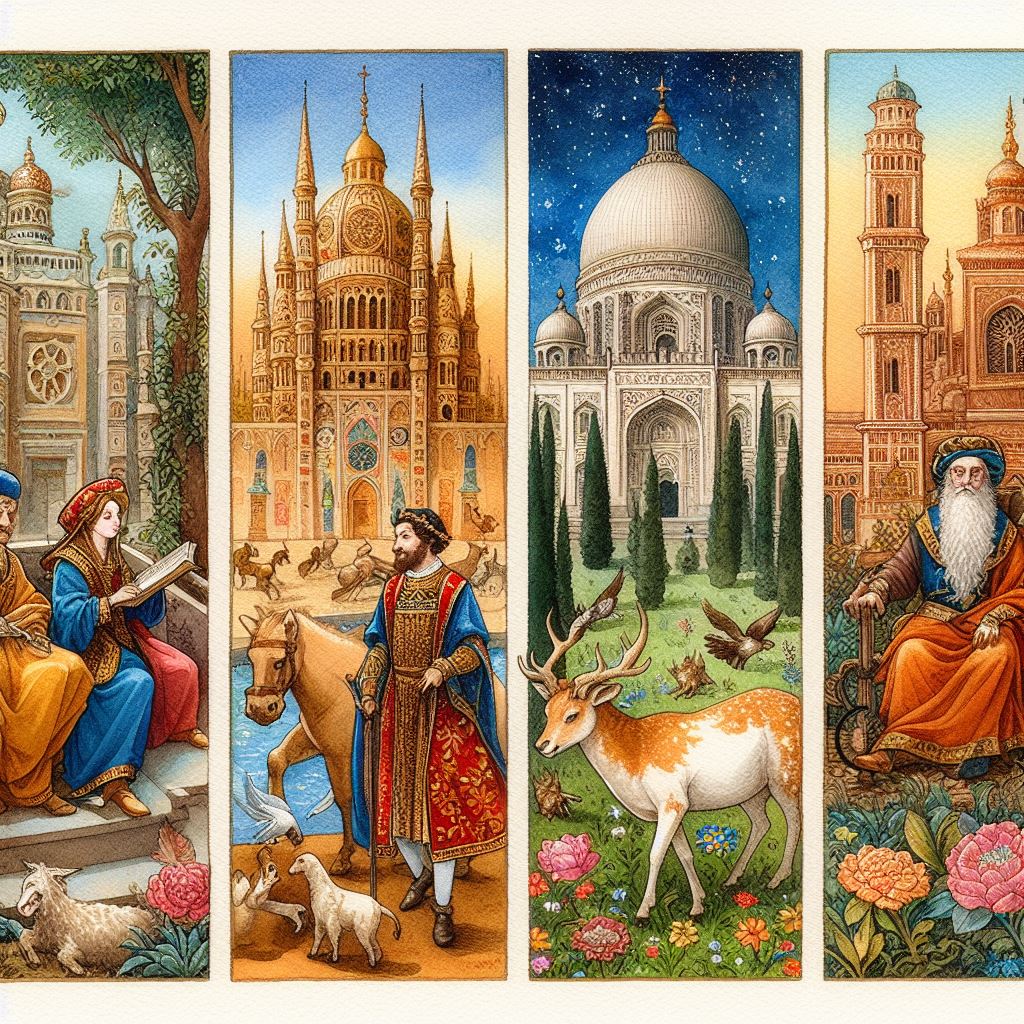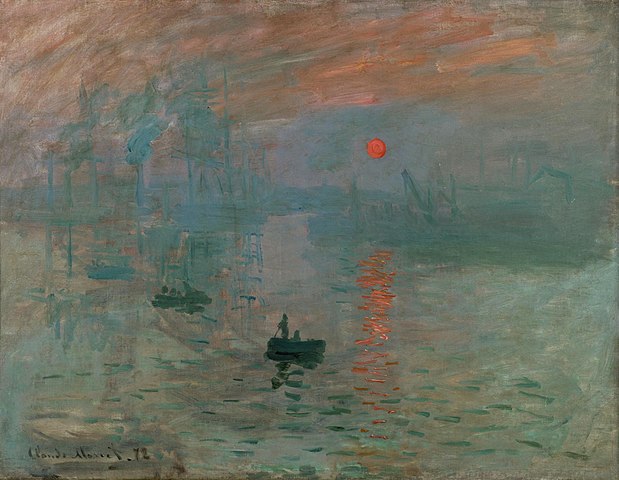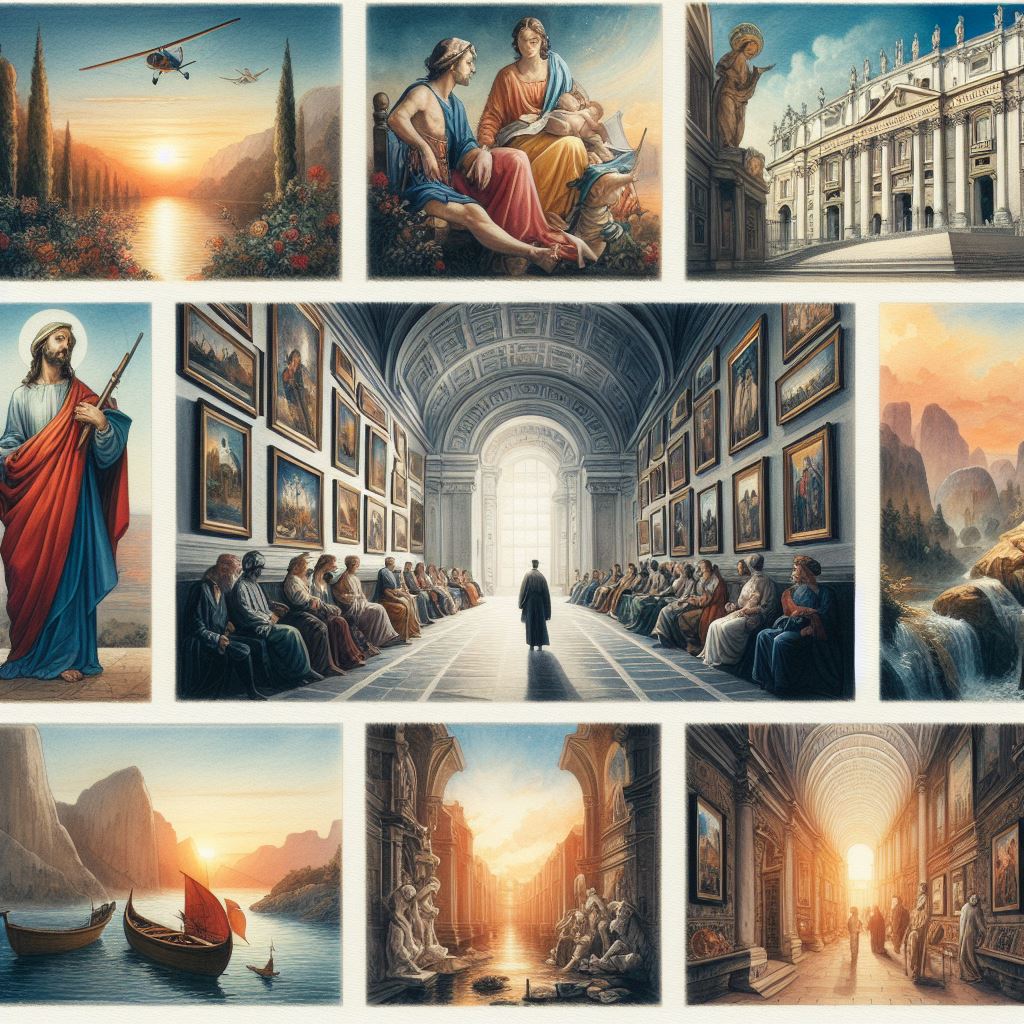
Welcome to the captivating realm of miniature painting, where tiny canvases hold immense magic and endless possibilities. In this detailed guide, we embark on a journey to explore the artistry, techniques, and secrets that bring miniature worlds to life. Whether you’re a seasoned painter seeking new inspiration or a curious novice eager to delve into this enchanting craft, prepare to be spellbound by the wonders of miniature painting.

Famous masters noted for their miniature paintings:
- Francois Clouet (1510-1572): A prominent miniaturist painter from the Renaissance period known for his exquisite detail and lifelike representations, often creating portraits for European royalty.
- Nicholas Hilliard (1547–1619): An English painter renowned for his striking and detailed miniature portraits, serving as the official limner to Queen Elizabeth I and creating notable works like the ‘Phoenix Portrait’ of Queen Elizabeth I.
- Charles Wilson Peale (1741-1827): A notable American miniaturist painter from the 18th century, known for capturing the essence of his subjects with precision and skill, contributing significantly to American art history.
- Jean-Baptiste Isabey (1767–1855): A French painter who gained notoriety during the Napoleonic era for his exquisite miniaturist paintings, becoming the official miniaturist painter to Napoleon Bonaparte and creating many miniatures of Bonaparte and his family.
These artists have left a lasting impact on the art of miniature painting, showcasing exceptional skill, attention to detail, and artistic mastery in their works throughout history.
Materials and Tools for Miniature Painting
Brushes: The Wands of Creation
Miniature painting demands precision and finesse, requiring brushes that are as delicate as they are versatile. From fine detail brushes to wash brushes that blend colors seamlessly, each brush becomes an extension of your artistic vision.
Paints: Pigments of Possibility
Vibrant hues and subtle shades dance across your palette, waiting to breathe life into your miniature masterpieces. Explore a spectrum of colors—from rich metallics to earthy tones—that will adorn your miniatures with depth and character.
Primers and Varnishes: The Foundation and Finale
A flawless foundation sets the stage for brilliance, while a protective varnish ensures your creations withstand the test of time. Discover the importance of primers for smooth surfaces and varnishes for preserving your painted wonders.
Techniques and Tips for Miniature Painting
- Basecoating: Lay the foundation of your miniature masterpiece with smooth, even basecoats that set the stage for intricate details.
- Highlighting and Shading: Master the art of highlighting to bring depth and dimension to your miniatures, while shading adds realism and contrast.
- Blending Colors: Blend colors seamlessly to create gradients and transitions that evoke a sense of realism and vibrancy in your paintings.
- Creating Textures: Experiment with textures like fur, wood grain, or stone to add tactile depth and visual interest to your miniatures.
- Special Effects: Unleash your creativity with special effects like glowing runes, fiery spells, or weathering techniques that add character to your creations.
Types of Miniatures for Painting
Dive into a world teeming with diverse miniatures, each offering a unique canvas for your artistic expression. Discover the myriad types of miniatures waiting to be brought to life:
| Miniature Type | Description |
|---|---|
| Fantasy Figures | Embark on epic quests with fantastical creatures, heroes, and villains from realms unknown. |
| Historical Models | Travel through time as you paint historical figures, warriors, and iconic personalities. |
| Sci-Fi Characters | Explore futuristic worlds with alien beings, space marines, and cybernetic warriors. |
| Vehicles | Commandeer tanks, aircraft, or spacecraft as you paint intricate models of mechanical marvels. |
| Terrain Pieces | Construct landscapes, buildings, and dioramas that serve as backdrops for your miniatures. |
Preparation and Assembly of Miniatures
- Assembly Guide: Carefully assemble your miniatures, ensuring pieces fit snugly and securely for a seamless painting experience.
- Cleaning and Priming: Remove mold lines, fill gaps with precision, and prime your miniatures to create a flawless canvas for your artistic endeavors.
- Surface Preparation: Smooth surfaces, clean details, and well-primed models set the stage for vibrant colors and intricate details to shine.
Understanding Color Theory in Miniature Painting
- Color Wheel Exploration: Discover the magic of complementary colors, analogous schemes, and triadic palettes that enhance your painting compositions.
- Creating Depth with Color: Learn how to use light and shadow to add depth and dimension to your miniatures, creating visual interest and realism.
- Color Harmony Techniques: Experiment with color harmonies like monochromatic schemes or contrasting colors to evoke mood and emotion in your paintings.
Detailing Techniques in Miniature Painting
- Painting Textures: Master the art of painting textures such as leather, metal, or fabric to add realism and depth to your miniatures.
- Special Effects: Experiment with special effects like glowing objects, magical auras, or weathering techniques to enhance the narrative of your creations.
- Fine Details: Dive into the world of fine details, from painting intricate patterns to adding realistic eyes and facial features to your miniatures.
- Weathering and Aging: Learn techniques to weather and age your miniatures, adding character and storytelling elements to your painted creations.
Exploring Artistic Styles in Miniature Painting
Embark on a journey through diverse artistic styles, each offering a unique perspective and creative expression in the world of miniature painting:
| Artistic Style | Description |
|---|---|
| Realism | Capture lifelike details and textures with precision, bringing a sense of reality to your miniatures. |
| Stylized | Embrace exaggerated proportions and bold colors to create whimsical and expressive miniature characters. |
| Chibi | Explore the cute and chibi style, characterized by oversized heads and expressive features for adorable miniatures. |
| Abstract | Break free from traditional forms and colors, experimenting with shapes and patterns in abstract miniature art. |
Maintenance and Care of Painted Miniatures
- Varnishing Techniques: Learn the art of varnishing to protect your painted miniatures from wear and tear, ensuring longevity and durability.
- Storage Solutions: Discover optimal storage solutions to safeguard your miniatures from dust, sunlight, and damage, preserving their pristine condition.
- Handling Guidelines: Master the art of handling painted miniatures with care, avoiding smudges, scratches, or other potential hazards that may diminish their beauty.
Significant Miniature Paintings
| Title/Contribution | Artist | Description | Gallery/Source |
|---|---|---|---|
| The Nightwatch | Roman Lappat | A piece that captures the spirit of happy painting, showcasing good vs. evil in a mesmerizing scene. | Goldmunds Welt |
| Infinity Miniatures | Angel Giraldez | Known for painting the Sci-Fi skirmish game Infinity miniatures with a phenomenal job. | Goldmunds Welt |
| Bloody Amazing Painted Infinity Miniatures | Made by Shizune | Recognized for the intensity of colors and strong highlights that make the miniatures pop. | Goldmunds Welt |
| Jaw-Dropping Dioramas | Fabrizio Russo (RUSTO) | Creates stunning dioramas, showcasing his talent in sculpting and painting. | Goldmunds Welt |
| Miniature Designs | Lim Pui Wan (PicoWorm) | Malaysian clay art hobbyist known for her life-like food miniatures made from air dry clay. | DesignMantic |
| Cardboard Sculptures | Daniel Agdag | Designs astoundingly detailed sculptures using just PVA glue and sliced cardboard. | DesignMantic |
| Micro Matter | Rosa De Jong | Creates miniature models featuring stunning architecture set against lush greenery, fitting into test tubes. | DesignMantic |
| Urban Miniature Buildings | Joshua Smith | Works at 1:20 scale to create detailed works embodying the realities of urban Sydney and Hong Kong. | DesignMantic |
| 3D-Printable Miniature Patterns | Miguel Zavala | Created a library of every monster from Dungeon & Dragons as 3D-printable miniature patterns. | DesignMantic |
| Kangra Miniature | Unknown | Kangra paintings belong to the school of Pahari paintings, known for their detailed and elaborate work. | Gaatha Shop |
This table highlights a selection of artists and their contributions to the field of miniature painting as mentioned across the provided sources. It’s important to note that the “Gallery/Source” column references where these artists or their works were discussed, rather than a physical gallery location.
Conclusion: Unveiling the Enchantment
As we draw the curtain on our detailed guide to the magic of miniature painting, let us reflect on the enchanting journey we have embarked upon. Celebrate the creativity, craftsmanship, and endless exploration that miniature painting offers. Embrace the enchantment of miniature painting and let your imagination soar on wings of color and craftsmanship.


